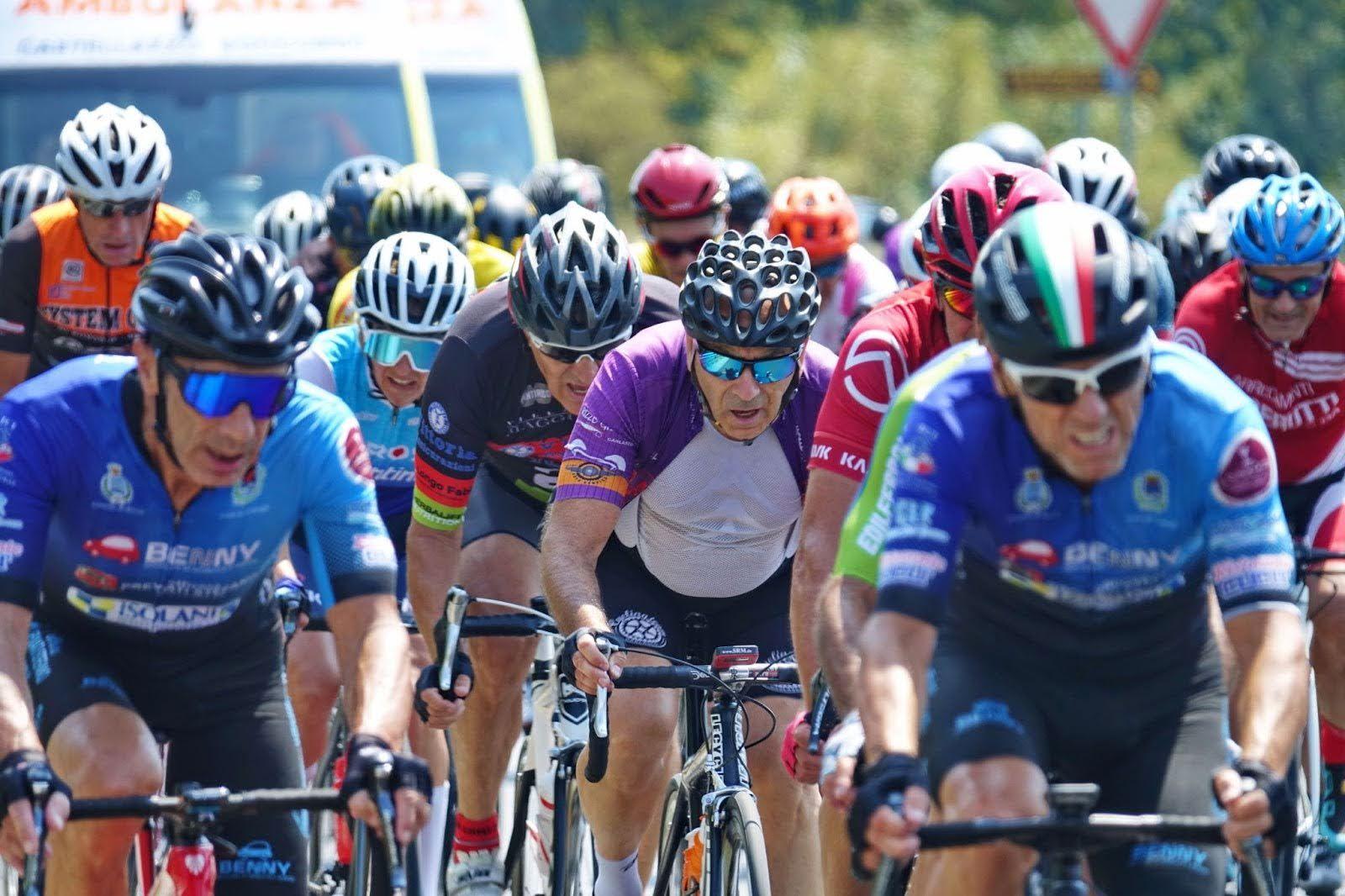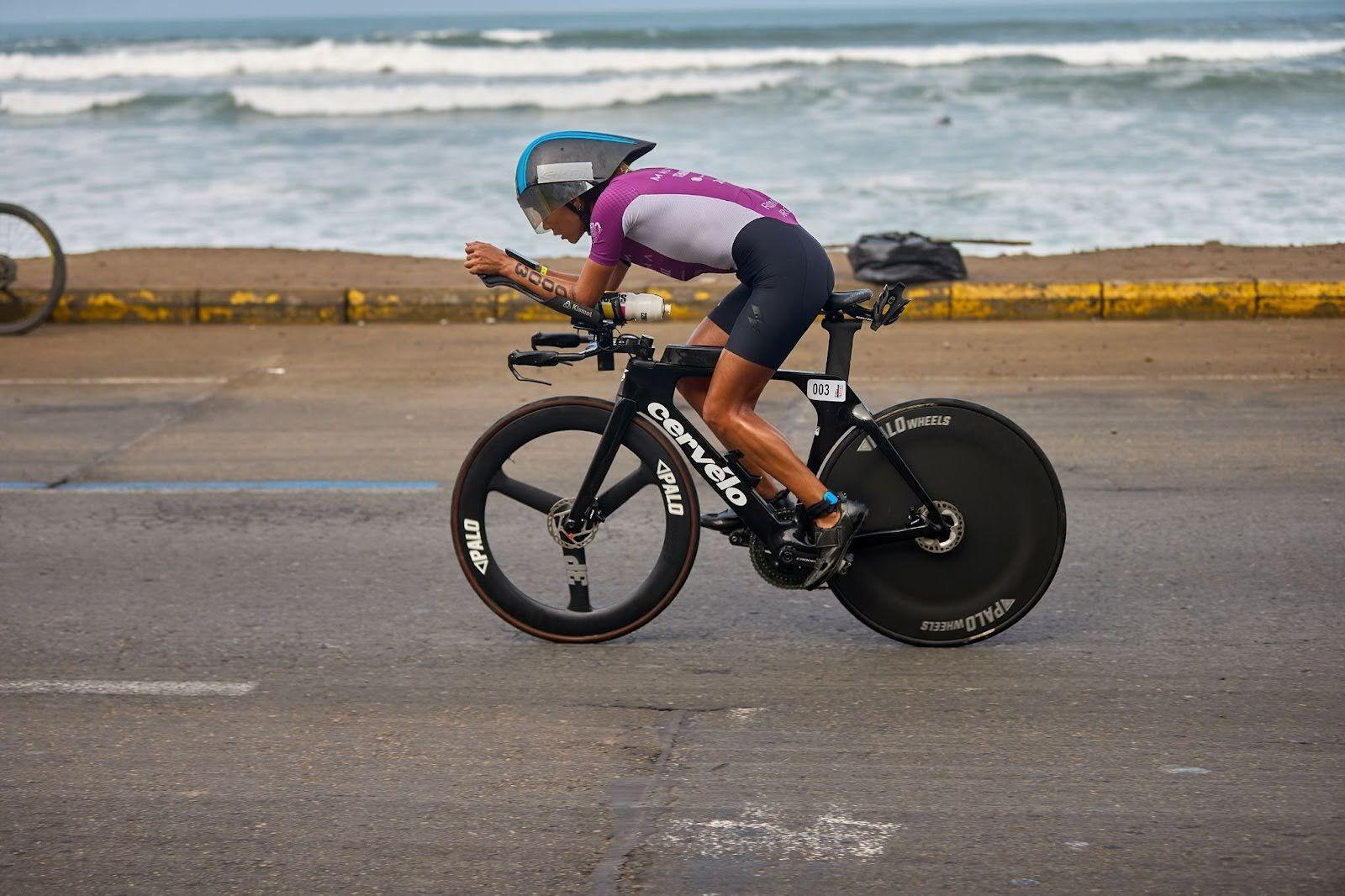For endurance athletes, caffeine is more than just a morning ritual – it’s one of the most studied and effective legal performance enhancers out there. Its ergogenic properties have been documented for decades and the findings are consistent. Put simply, it can improve endurance capacity and focus, and it reduces perceived effort. In cycling where events can last hours and involve repeated surges of power, these effects can be game changers.
Physiologically, caffeine works by blocking adenosine receptors in the brain. Adenosine is a neurotransmitter associated with fatigue; when its effects are reduced, alertness increases and the feeling of tiredness is delayed. This neurochemical shift has downstream benefits for muscular endurance, as athletes can sustain higher power outputs for longer.
Caffeine also increases the mobilization of fatty acids so the body can use slightly more fat stores and spare muscle glycogen, which is key during long races or training sessions.
For cyclists and triathletes, this means sharper focus on technical sections, better pacing in long time-trials and sustained motivation deep into an event.
Even recreational riders and those doing indoor cycling workouts on the ROUVY app can benefit from caffeine’s impact on workout quality – particularly during interval-heavy sessions that demand mental as well as physical endurance.
What is caffeine periodization?
Caffeine periodization is the strategic manipulation of caffeine intake to maximize its performance benefits on key training days or races while avoiding the tolerance that can develop with daily use.
Unlike habitual consumption, where cyclists drink coffee or tea every day without variation, periodization goes through phases of reduced intake or withdrawal followed by carefully timed reintroduction.
The idea is that the more frequently caffeine is consumed, the less effective it becomes. Regular use upregulates adenosine receptors so a given dose has a smaller impact over time. By reducing intake for a set period before important sessions or competitions, athletes can resensitize their nervous system and restore caffeine’s potency when it matters most.
In practice, caffeine periodization is not just about “cutting back” but linking intake to the training calendar. It’s high during peak-demand sessions – race simulations or during competition – and low (or zero) during recovery periods or low-intensity Zone 2 training. This way, you preserve caffeine’s ergogenic effect and also the principle of training specificity.
How caffeine affects endurance performance
Caffeine’s benefits for endurance performance apply to both aerobic and anaerobic pursuits. In the aerobic range, it can increase time to exhaustion, allowing you to sustain a given power output for longer. This is particularly useful for steady-state efforts like time-trials or long, challenging climbs, where maintaining a high output without fading is key.

In anaerobic situations – sprints, breakaways or short climbs – caffeine can improve neuromuscular recruitment, peak power and reaction time. While its direct effect on maximal oxygen uptake (VO2 Max) is limited, caffeine’s central-nervous-system stimulation often means you work harder without realizing it, lowering your rate of perceived exertion (RPE). This is why many cyclists say intervals feel easier or more “doable” with caffeine in their system. Alertness is another key factor. In long races, fatigue is as much mental as physical. Caffeine’s ability to sustain focus can prevent costly mistakes, from poor gear selection to missing a key move in a peloton. For triathletes who have to do multiple disciplines in sequence, this mental edge can be gold.
The science behind caffeine cycling
Recent research has challenged the long‑held belief that even short periods of regular caffeine use inevitably blunt its performance benefits. A study published in the peer-reviewed journal Nutrients found that four days of daily caffeine supplementation at 6 mg/kg per day did not reduce the effect of an acute caffeine dose on performance compared to a placebo. In this trial, recreational cyclists who consumed caffeine for four consecutive days still experienced significant physiological and ergogenic benefits from an acute dose on day five, suggesting that short‑term habituation does not necessarily blunt caffeine’s effects.
Caffeine is absorbed quickly; peak plasma concentrations occur within 30-60 minutes of ingestion. Its half-life is 3-5 hours but individual variation is huge. Genetics, training status and habitual intake can all affect caffeine metabolism and responsiveness.
For dosage, most endurance research suggests 3-6 mg per kilogramme of body weight is the effective range. Above this and you don’t get any extra benefit and may get side effects like jitters, high heart rate or gut distress.











